PHP Security Best Practices – A Developer Must Know Tutorial
PHP is one of the most widely used programming languages for web applications, powering millions of websites around the world. However, with its popularity comes an increased risk of security vulnerabilities.
In this article, we will discuss how to secure a PHP application in detail, covering some essential steps you can take to protect your application from common attacks.
Learn More –
- PHP Security: Understanding and using CSRF Protection
- Step-by-Step Tutorial for Managing Cookies in JavaScript
- How To work with Recursive Function in PHP Tutorial
- CakePHP 4 API Development with JWT Authentication Tutorials
- Learn Complete CakePHP 4 Plugin Development Tutorials
Let’s get started.
Methods To Secure a PHP Web Application
Securing a web application using PHP involves implementing various security measures to protect against potential security threats and vulnerabilities.
PHP is a popular server-side scripting language that is widely used for developing web applications. It is crucial to ensure that PHP applications are secure, as they can be vulnerable to attacks such as SQL injection, cross-site scripting (XSS), and cross-site request forgery (CSRF), among others.
Keep PHP Updated
One of the easiest and most important ways to secure a PHP application is to keep PHP updated to the latest version. PHP releases regular updates that fix bugs and address security issues, so it is crucial to stay up-to-date to ensure your application is not vulnerable to known exploits.
Validate User Input
Another essential step is to validate user input. Hackers often attempt to inject malicious code through input fields such as forms and search boxes. By validating user input, you can ensure that the data entered is safe and prevent SQL injection attacks.
Use Prepared Statements
Along with validating user input, using prepared statements is another effective way to prevent SQL injection attacks. Prepared statements allow you to separate SQL code from user input, ensuring that no malicious code can be injected into the SQL query.
Use Secure Passwords
Passwords are a critical aspect of security, and using strong, secure passwords is essential for protecting your application. Encourage users to create complex passwords with a combination of letters, numbers, and symbols, and ensure that passwords are stored securely using encryption techniques such as hash algorithms.
Implement Session Management
Session management is another crucial aspect of security. Ensure that sessions are properly managed and that session IDs are not vulnerable to attacks such as session hijacking. Use techniques such as session expiration and regeneration to prevent unauthorized access to sessions.
Use HTTPS
HTTPS is an essential layer of security for web applications. By encrypting data sent between the web server and the user’s browser, HTTPS prevents attacks such as eavesdropping and data tampering. Ensure that all sensitive data, such as login credentials and payment information, is transmitted over HTTPS.
Use Access Control
Access control is another critical aspect of security. By implementing access control mechanisms, you can ensure that only authorized users have access to sensitive data and functions. Use techniques such as role-based access control (RBAC) to limit access based on user roles.
Implement Logging and Monitoring
Logging and monitoring are essential for detecting and responding to security incidents. Implement a logging and monitoring system that captures and analyzes activity logs, alerts you to suspicious activity, and provides detailed reports on security events.
In conclusion, securing a PHP application requires a multi-layered approach that addresses various aspects of security. By following the above steps, you can ensure that your application is protected from common attacks and that user data is safe and secure. Remember to stay up-to-date with the latest security best practices and to regularly test your application for vulnerabilities to ensure it remains secure.
We hope this article helped you to learn about PHP Security: Understanding and using CSRF Protection in a very detailed way.
Online Web Tutor invites you to try Skillshike! Learn CakePHP, Laravel, CodeIgniter, Node Js, MySQL, Authentication, RESTful Web Services, etc into a depth level. Master the Coding Skills to Become an Expert in PHP Web Development. So, Search your favourite course and enroll now.
If you liked this article, then please subscribe to our YouTube Channel for PHP & it’s framework, WordPress, Node Js video tutorials. You can also find us on Twitter and Facebook.




